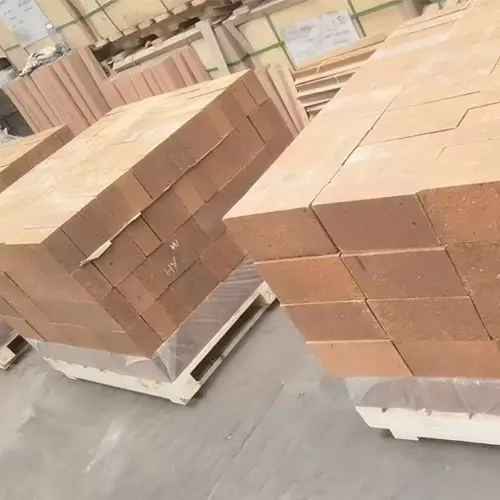The masonry of high-temperature industrial kilns is inseparable from refractory bricks. In the actual refractory brick masonry process, it must be operated by experienced and qualified construction personnel to ensure the quality and safety of the masonry. What construction specifications should be followed in the actual construction process to ensure the overall quality requirements?
- Before masonry, the center and elevation of the furnace must be accurately measured and placed according to the design requirements to ensure that the dimensions and relevant heights of each part of the masonry meet the requirements.
- During masonry, the masonry should be carried out in a staggered masonry manner. The bricklaying joints should be filled with full mud and the surface should be grouted. When dry masonry is carried out, in addition to filling dry refractory powder according to the design requirements, it is also necessary to ensure that the filling is full.
- Bricks should not be cut on the refractory brick masonry, but should be aligned with wooden hammers and rubber hammers. At the same time, after the mud is dry, the masonry should not be knocked to avoid damaging the integrity of the masonry.
- The processed surface of the refractory brick should avoid facing the inner surface or expansion joint of the furnace and furnace channel to avoid damage caused by thermal expansion and contraction.
- When the bricklaying is interrupted or the bricks need to be reworked and removed, a stepped inclined joint should be used to ensure a smooth transition between removal and re-masonry.
- The processed bricks used in refractory brick masonry shall not be less than half of the width of the brick or less than two-thirds of the thickness of the brick.
- For combined bricks, they should be laid according to their inner diameter, size and elevation to ensure the accuracy of size and height.
- The flue can be laid only when there is a settlement joint between the brick body and the chimney or other buildings. At the same time, the settlement joint must have the function of preventing air permeability and water seepage.
- When laying the vault of the underground flue, the lock brick can be driven in only after backfilling the soil outside the wall.
- Refractory masonry and thermal insulation masonry must be protected from moisture and kept dry during the construction and production process.
- During the masonry process, care must be taken to prevent the brick body from being affected by mechanical impact, extrusion and vibration to avoid damage or loosening of the brick body.
The above are the specifications for the construction of refractory bricks for high-temperature industrial kilns. Only by following these specifications can the service life of refractory bricks be extended, the working efficiency of the kiln be improved, and the safe and stable operation of the production process be ensured. At the same time, it can improve the efficiency of construction, speed up the construction progress, and avoid rework and masonry errors.

